📞+86 153 7530 2641 📧 hongjing.Wang@feichuncables.com
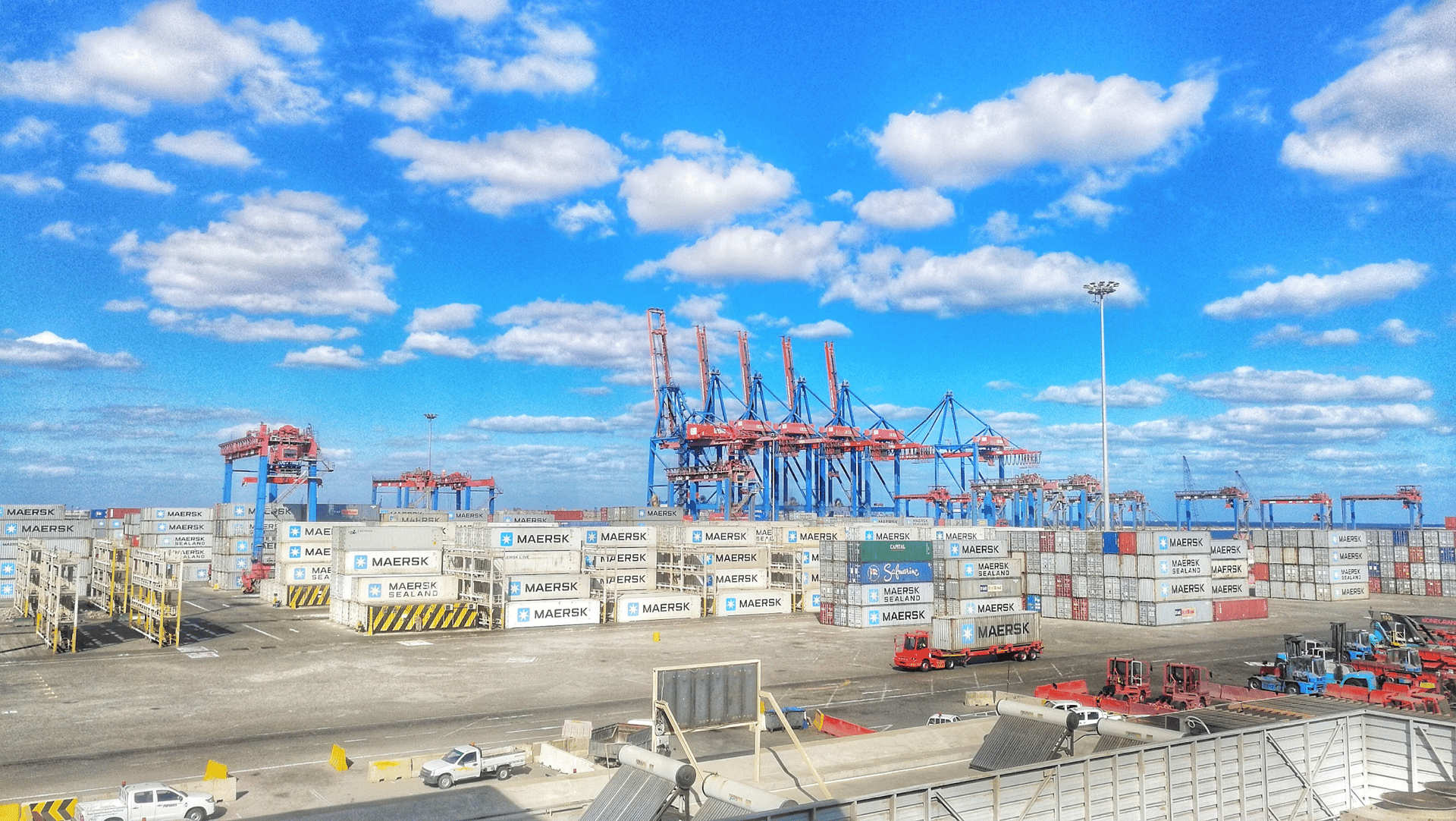
Delivering G-300716GPG-M&R-RTGS Reeling Cable for Suez Canal Port Cranes – From Design Consultation to Global Delivery
Our G-300716GPG-M&R-RTGS port crane reeling cable was successfully deployed at the Suez Canal terminal in July 2025. Learn how the design evolved through months of technical email consultations since October 2024.
hongjing.Wang@Feichun
7/25/20259 min read


Introduction: Why Suez Canal Port Projects Matter
The Suez Canal represents one of the world's most strategically important maritime corridors, serving as the critical trade artery linking Asia and Europe. This narrow waterway facilitates approximately 12% of global trade, handling over 1 billion tons of cargo annually and generating substantial revenue for international shipping companies. As global containerized trade continues to expand, the Suez Canal Authority has initiated comprehensive port equipment upgrades designed to accommodate growing Twenty-foot Equivalent Unit (TEU) traffic and enhance operational efficiency.
These modernization initiatives encompass the deployment of advanced Rubber Tired Gantry (RTG) cranes, Ship-to-Shore (STS) cranes, and sophisticated automated material handling systems. Each of these critical pieces of infrastructure requires specialized electrical supply systems capable of withstanding the harsh marine environment while delivering reliable power and control signals during continuous operation.
Our involvement in this prestigious project began in October 2024 when initial technical emails were exchanged regarding RTG and STS crane cable upgrade requirements. As Anhui Feichun Special Cable Co., Ltd., we recognized the significance of this opportunity to demonstrate our expertise in marine-grade cable engineering and contribute to one of the world's most important shipping infrastructure projects.
Founded in 2006 and headquartered in Hefei, Anhui Province, our company has established itself as a leading manufacturer of specialty cables for demanding industrial applications. With registered capital of 168 million RMB and state-of-the-art manufacturing facilities in Hefei, Shanghai, and Shenzhen, we possess the technical capabilities and production capacity necessary to deliver world-class cable solutions for critical port infrastructure projects worldwide.
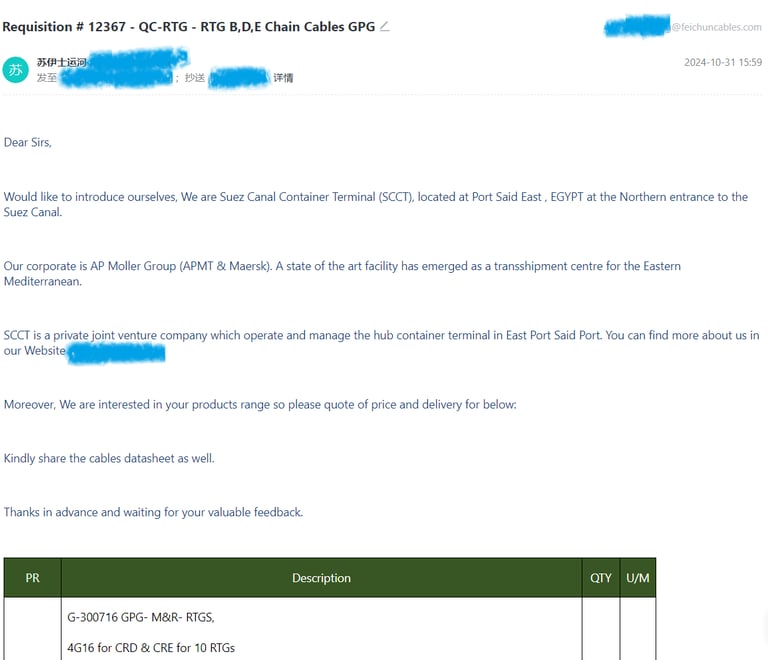

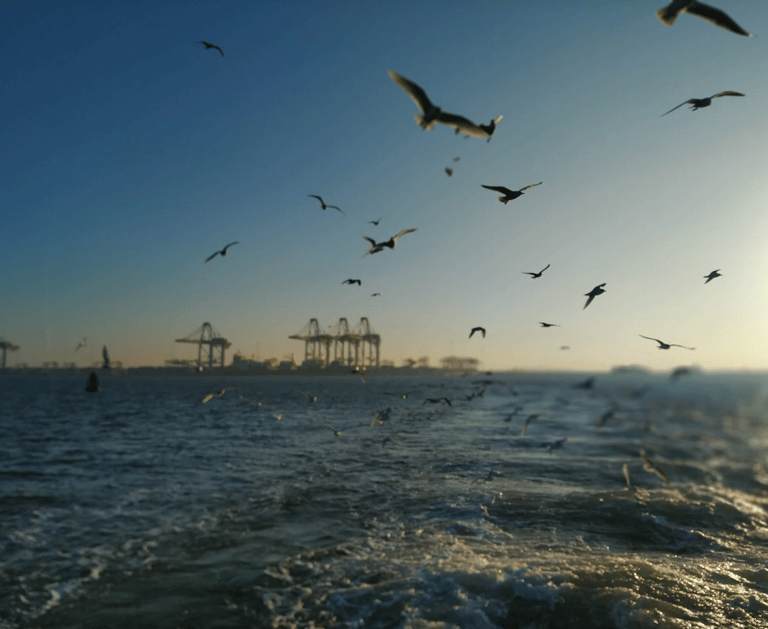

Project Requirements: Designing a Cable for Demanding Maritime Conditions
The Suez Canal port modernization project presented unique engineering challenges that demanded exceptional cable performance characteristics. Operating in one of the world's most demanding marine environments, the terminal infrastructure must contend with extreme conditions that would quickly degrade conventional cable systems.
The client's primary requirement centered on sourcing long-life reeling cable systems specifically engineered for RTG crane applications. These cables needed to demonstrate superior resistance to ultraviolet radiation from intense Middle Eastern sunlight, torsional stress from rotational crane movements, persistent salt mist exposure that accelerates corrosion, oil contamination from hydraulic systems, and severe mechanical stress from millions of flexing cycles.
The project demanded a custom-engineered solution meticulously tailored to the port's specific cable reel configurations and festoon system requirements. Unlike standard industrial cables, port crane applications require specialized designs that can accommodate the complex three-dimensional movements inherent in container handling operations while maintaining consistent electrical performance throughout extended duty cycles.
RTG cranes present particularly challenging requirements, as these massive machines must seamlessly transition between stationary power connection points and mobile operational positions across the container yard. The reeling cable system serves as the critical link that enables this mobility while ensuring uninterrupted power delivery and control signal transmission.
Our engineering team conducted comprehensive analysis of the operational environment, including ambient temperature variations, humidity levels, wind loading, mechanical stress patterns, and electrical performance requirements. This detailed assessment formed the foundation for developing a cable specification that would not only meet immediate performance needs but also provide exceptional service life and reliability under the most demanding conditions.


Model Evolution: From Early Proposals to G-300716GPG-M&R-RTGS Finalization
The development of our final cable solution involved an extensive iterative design process that spanned several months of technical collaboration with the client's engineering team. During these comprehensive technical discussions, multiple cable configurations were systematically evaluated and refined to optimize performance for the specific application requirements.
Early design discussions explored specifications similar to established E-chain cable types that had proven successful in comparable applications. Initial proposals included configurations based on proven designs such as the CF310.UL.700.01 shielded single-core cable (1X70C) with a total required length of 1860 meters, which offered excellent electrical performance and mechanical durability for power transmission applications.
Additional early configurations examined included the CF900.05.222 multi-core control cable (18G2.5) with 1550 meters required length, which provided comprehensive control signal capability for crane automation systems. The CF35.UL.160.04 four-conductor power cable (4G16) with 620 meters length was also evaluated for its robust power delivery characteristics in marine environments.
Other design alternatives considered during the development phase included the CF310.500.01.UL shielded cable (1x50)C requiring 2790 meters, the CF35.60.04 shielded cable (4G6)C needing 620 meters, and the CF900.05.219 multi-pair signal cable 6X(2X0.5) with 1240 meters required. Each of these configurations brought specific advantages in terms of electrical performance, mechanical durability, or installation characteristics.
After extensive iterative design reviews, technical validation, and performance optimization, the G-300716GPG-M&R-RTGS model was finalized in May 2025 as the optimal solution for the Suez Canal application. This advanced cable design incorporated the best features from earlier proposals while addressing specific performance requirements unique to the port's operational environment.
The finalized G-300716GPG-M&R-RTGS design was specifically tailored to RTG crane applications, incorporating an integrated anti-torsion braid construction that effectively distributes rotational stress and prevents cable deformation during crane operation. The premium PUR (Polyurethane) sheath provides exceptional resistance to environmental factors while maintaining flexibility across extreme temperature ranges. The multi-core layout optimizes both power transmission and control signal capabilities within a single cable assembly.
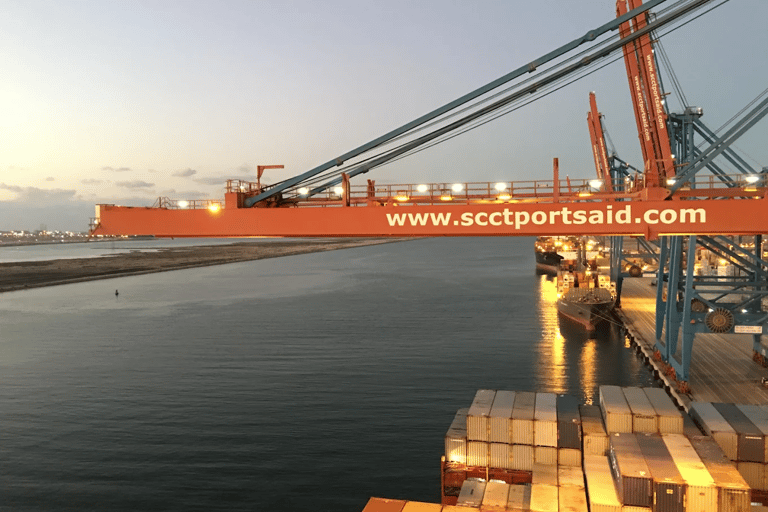

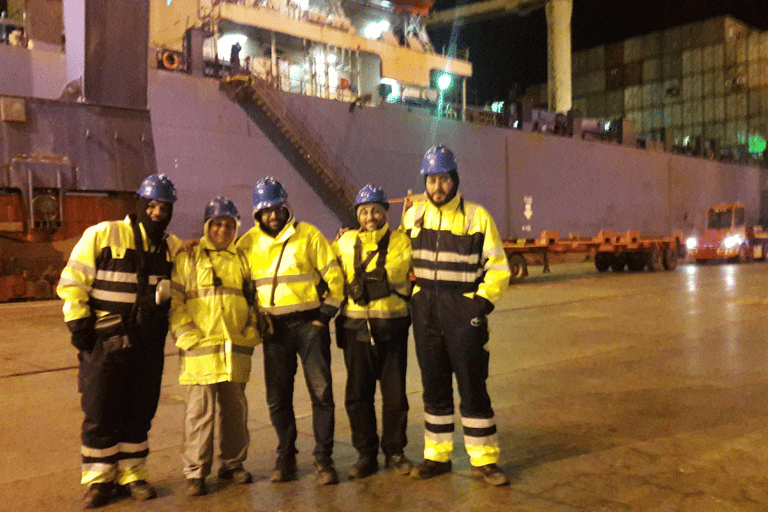

Product Highlights: Why G-300716GPG-M&R-RTGS Was the Ideal Choice
The G-300716GPG-M&R-RTGS reeling cable represents the culmination of our advanced cable engineering capabilities, incorporating multiple innovative features that address the specific challenges of port crane applications. This specialized design delivers exceptional performance characteristics that significantly exceed conventional cable solutions.
Key technical features include multi-layer shielding for electromagnetic stability, which is critical in port environments where multiple high-power electrical systems operate in close proximity. The advanced shielding design incorporates both aluminum foil and tinned copper wire braiding to provide comprehensive protection against electromagnetic interference (EMI) while maintaining signal integrity throughout the cable's service life.
High-flexibility copper conductors engineered for frequent reel cycles represent another crucial design element. These specialized conductors utilize ultra-fine oxygen-free copper strands arranged in optimized configurations that maintain electrical continuity even after millions of flexing cycles. The conductor design minimizes mechanical stress concentration while ensuring consistent electrical performance throughout the cable's operational life.
The outer PUR jacket provides exceptional abrasion and UV resistance, critical factors for cables operating in the harsh Suez Canal environment. This advanced polymer formulation maintains mechanical properties across extreme temperature ranges while offering superior resistance to oil, chemicals, and environmental degradation factors commonly encountered in port operations.
The G-300716GPG-M&R-RTGS cable was specifically designed for use with random-winding drum reels on RTG cranes, accommodating the complex spooling patterns required for extended travel distances while maintaining consistent electrical performance. The cable's construction prevents the internal stress accumulation that can lead to premature failure in conventional designs.
Additionally, the cable design optimizes performance in festoon systems for cross-travel operation, providing the flexibility and durability necessary for lateral crane movements while supporting the mechanical loads associated with cable support systems. This versatility enables a single cable design to address multiple application requirements within the port infrastructure.
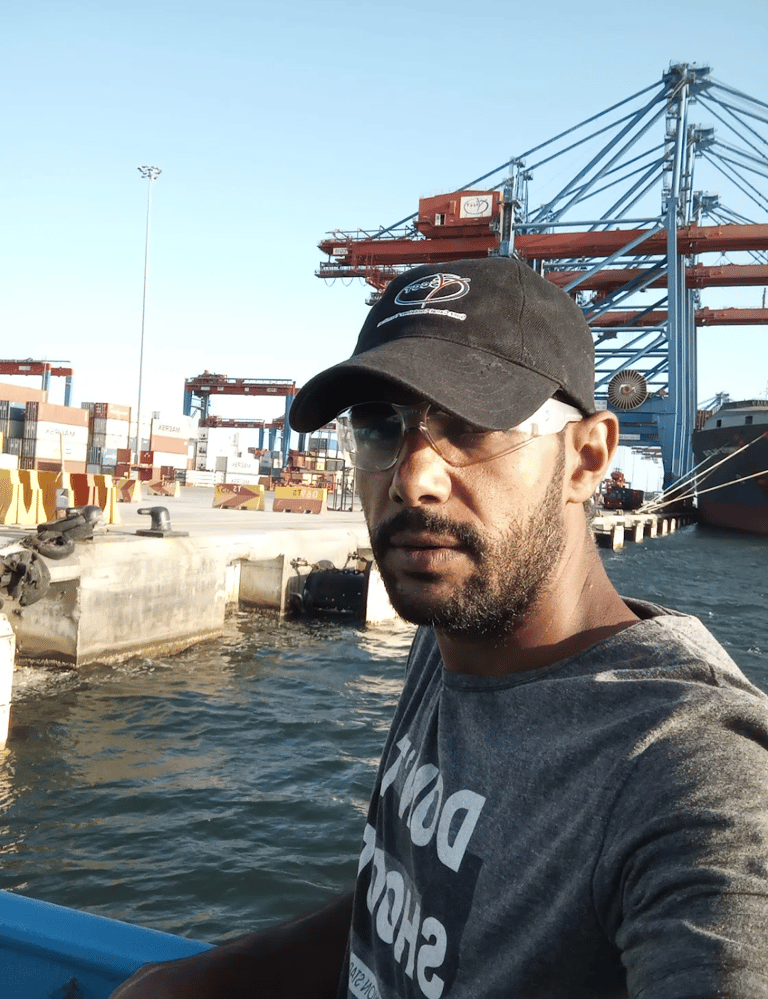

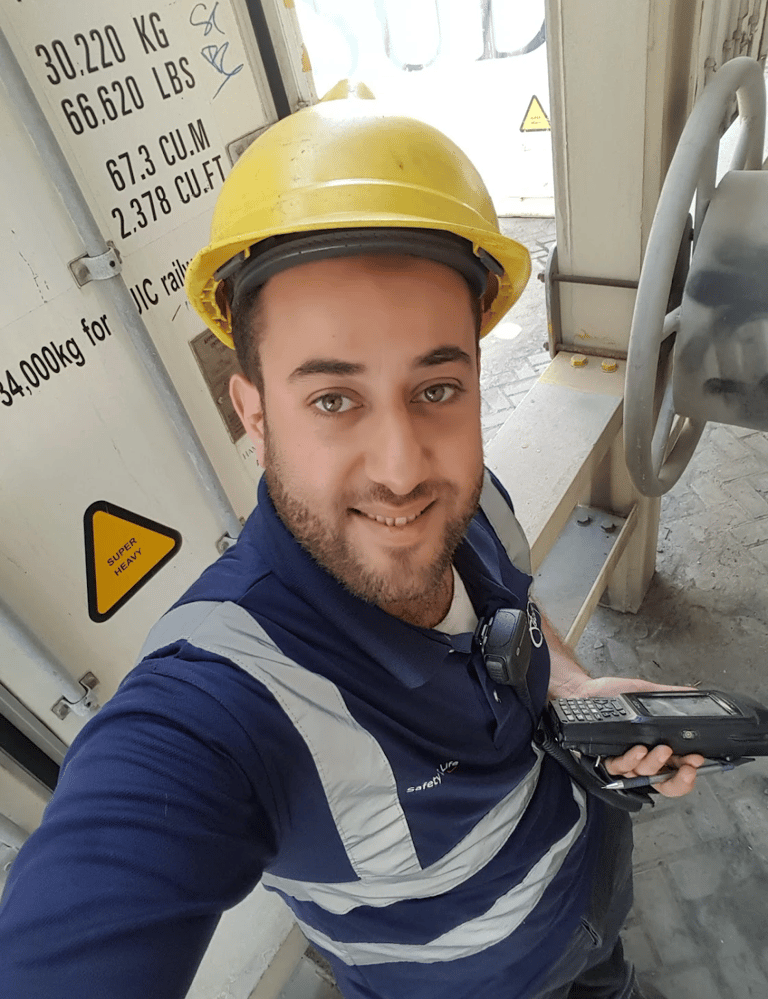

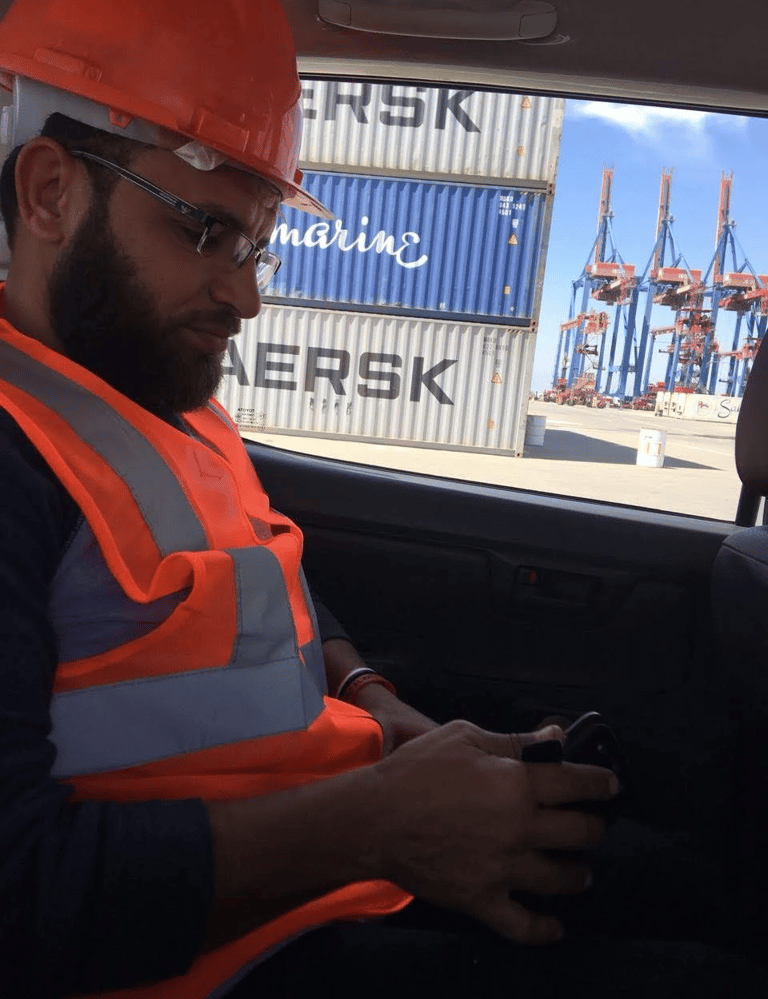

Timeline: From Consultation to Port Delivery
The Suez Canal port crane cable project exemplified our systematic approach to complex international cable supply initiatives, following a carefully structured timeline that ensured thorough technical validation and seamless project execution from initial inquiry through final commissioning.
First Email Inquiry (October 2024): Initial technical contact was established when Suez Canal terminal engineers reached out through our international sales network, expressing specific interest in high-performance reeling cable solutions for their RTG and STS crane modernization initiative. Our engineering team immediately engaged to understand the unique application requirements and environmental challenges presented by this prestigious project.
Model Discussion and Revisions (November 2024 – April 2025): This extended development phase involved intensive technical collaboration between our engineering specialists and the client's technical team. Multiple cable configurations were systematically evaluated, including adaptations of proven designs such as CF310.UL.700.01, CF900.05.222, and other established models. Through iterative design reviews, performance analysis, and specification refinement, we progressively optimized the cable design to address the specific operational requirements of the Suez Canal port environment.
Final Model Confirmed: G-300716GPG-M&R-RTGS (May 2025): Following comprehensive technical validation and customer approval, the G-300716GPG-M&R-RTGS specification was formally confirmed as the optimal solution for the project. This milestone represented the successful culmination of months of collaborative engineering effort and established the foundation for production planning and quality assurance protocols.
Production and Shipment (June–July 2025): Our manufacturing teams implemented rigorous production protocols to ensure the G-300716GPG-M&R-RTGS cables met exact specifications and quality standards. Comprehensive testing procedures were performed at each stage of production, including electrical continuity verification, insulation resistance testing, mechanical flexibility evaluation, and environmental resistance validation.
Delivered and Installed at Suez Canal Port (July 2025): Final delivery was completed on schedule, with our technical support team providing installation guidance and commissioning assistance to ensure optimal system performance. The successful installation marked a significant milestone in our company's international project portfolio and established a prestigious reference for future port infrastructure applications.
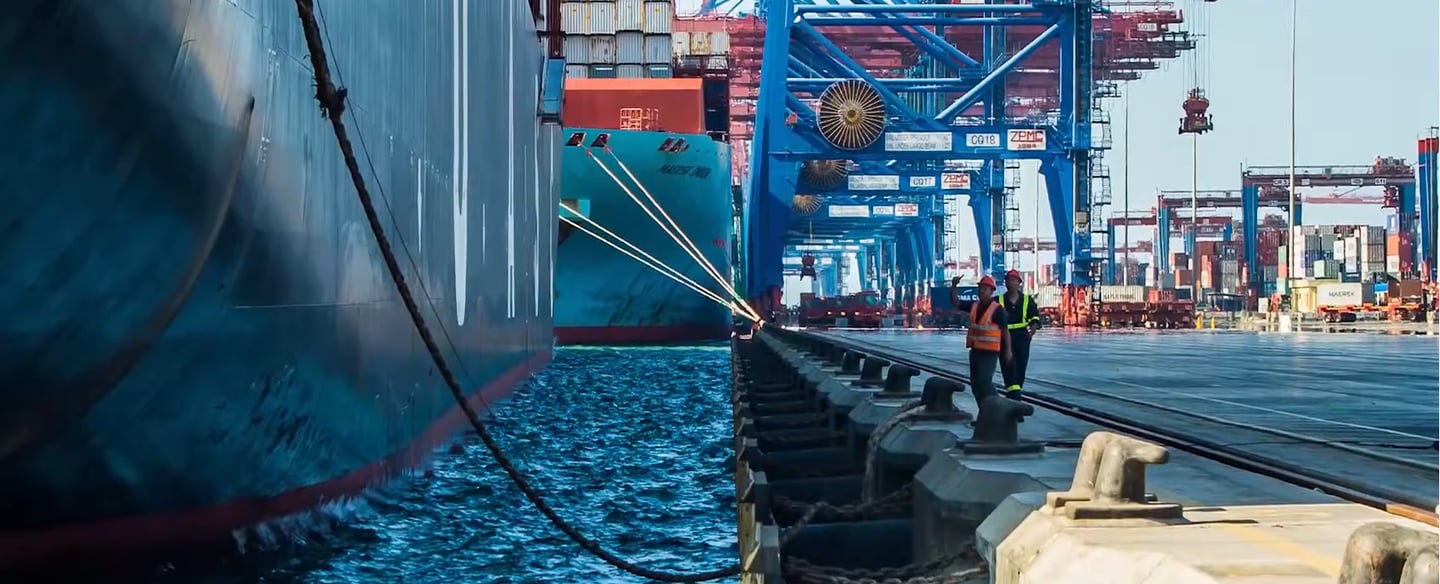

Installation & Performance at Suez Port
The successful installation and commissioning of our G-300716GPG-M&R-RTGS reeling cables at the Suez Canal port represents a significant validation of our engineering capabilities and manufacturing excellence. The cables were systematically installed on both RTG and STS crane systems, with comprehensive performance verification conducted throughout the commissioning process.
Performance validation confirmed exceptional stability under the demanding operational conditions characteristic of the Suez Canal port environment. The cables demonstrated consistent electrical performance despite high daily operation frequency, with multiple cranes operating simultaneously throughout extended duty cycles. Ambient heat conditions regularly exceeding 45°C (113°F) had no adverse impact on cable performance, confirming the effectiveness of our advanced material selection and construction techniques.
Salt spray exposure, a critical degradation factor in marine environments, showed no measurable impact on cable performance during initial operational periods. The PUR sheath formulation and advanced sealing techniques successfully prevented moisture ingress and corrosion initiation, ensuring long-term reliability in this challenging environment.
Customer feedback has been overwhelmingly positive, with terminal engineering staff particularly noting the cable's exceptional performance characteristics. As stated by the project engineering manager: "The G-300716GPG-M&R-RTGS cable exceeded our expectations in flexibility, durability, and voltage consistency. The installation process was straightforward, and the cables have maintained stable performance throughout our demanding operational schedule."
Performance monitoring data collected during the initial months of operation confirms that the cables are operating well within design parameters, with insulation resistance, conductor continuity, and mechanical flexibility all maintaining optimal levels. This field-proven performance provides confidence for similar applications in other demanding marine port environments worldwide.

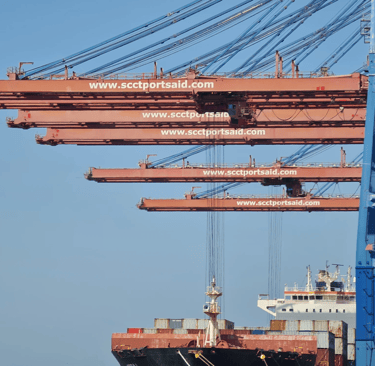
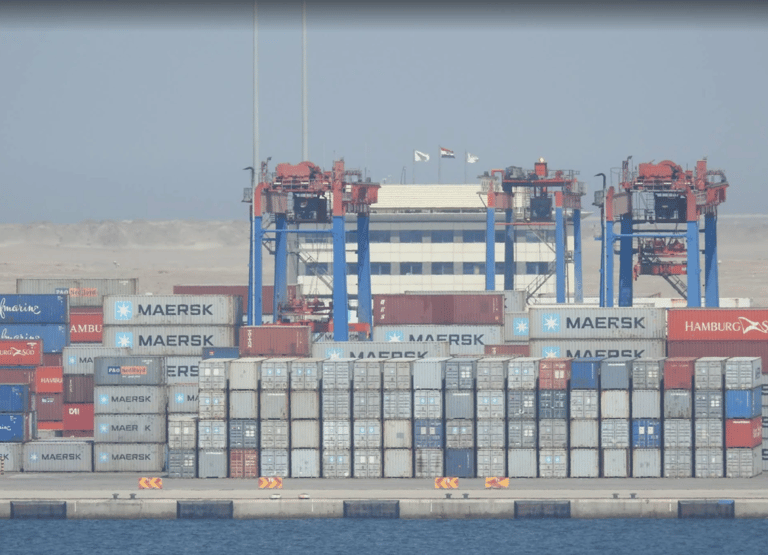

Strategic Value: A Model Cable for Global Ports
The successful completion of the Suez Canal port crane cable project represents a pivotal milestone in our company's strategic expansion into international maritime infrastructure markets. This high-profile project significantly strengthens our presence in the Middle East maritime sector while establishing credible references that demonstrate our capabilities to potential customers worldwide.
The G-300716GPG-M&R-RTGS model has now become a proven reference design for future port automation projects, providing validated specifications and performance characteristics that can be readily adapted for similar applications globally. This standardized approach enables more efficient project development while ensuring consistent quality and reliability across multiple installations.
The project's success opens pathways for further cooperation with international Engineering, Procurement, and Construction (EPC) contractors who are increasingly seeking reliable cable suppliers capable of delivering specialized solutions for demanding port infrastructure applications. Our demonstrated ability to customize cable designs according to specific operational requirements while maintaining rigorous quality standards positions us advantageously for future international tenders.
Furthermore, the Suez Canal reference enhances our comprehensive portfolio of port cable solutions, providing concrete evidence of our technical capabilities in one of the world's most challenging operational environments. This credibility is invaluable when competing for similar projects in Dubai, Singapore, Rotterdam, and other major international ports where modernization initiatives are accelerating.
Conclusion: Trusted Partner for Custom Crane Cable Solutions
The Suez Canal port crane cable project exemplifies our commitment to delivering innovative, high-performance solutions that address the most demanding industrial applications. As Anhui Feichun Special Cable Co., Ltd., we specialize in developing customized reeling cables that exceed conventional performance standards while providing exceptional reliability and service life.
Our comprehensive approach encompasses the entire project lifecycle, from initial consultation through final commissioning, ensuring that every aspect of the cable solution is optimized for the specific application requirements. This full-cycle support capability distinguishes us from conventional cable suppliers and provides customers with confidence that their critical infrastructure investments will deliver expected performance throughout extended service lives.
We welcome inquiries for similar applications in marine terminals worldwide, including RTG crane systems, STS crane installations, ship loaders, conveyor systems, and specialized automated material handling equipment. Our engineering team possesses extensive experience in developing custom cable solutions for ports, terminals, and maritime facilities operating in challenging environments globally.
With our proven track record, advanced manufacturing capabilities, and commitment to customer success, Anhui Feichun Special Cable Co., Ltd. stands ready to support your next port infrastructure project with reliable, high-performance cable solutions that keep global commerce moving efficiently and safely.
If you have industrial cable needs, please contact us for a quote
How to Reach Us
Get in Touch
SiteMap
Product Catalogue
Reeling Cable
Festoon Cable
Shore Power Cable




Scan to add us on WeChat
